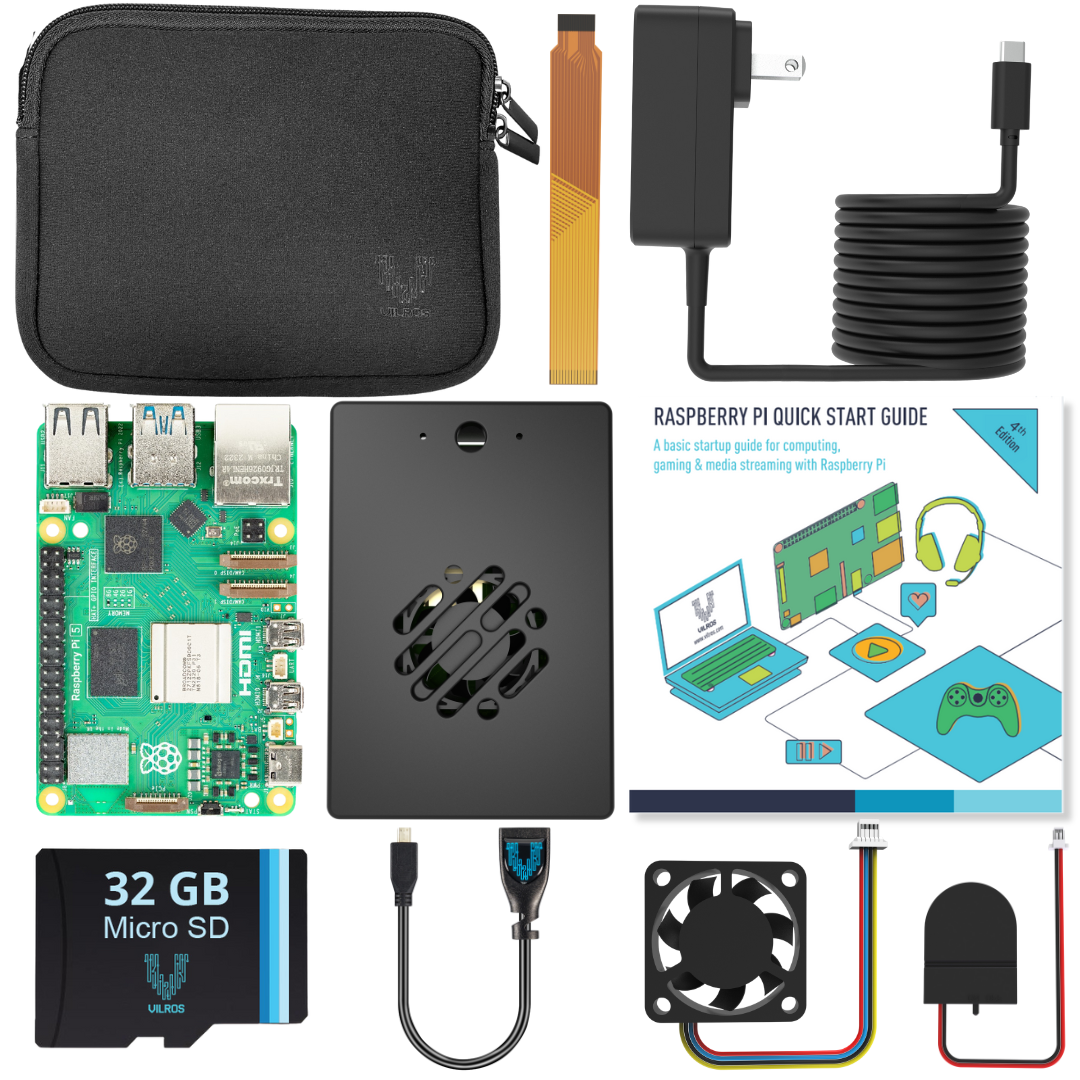
Work-from-Home (WFH) with Raspberry Pi 400
Work-from-Home (WFH) with Raspberry Pi 400
Does the COVID pandemic have you working from home? For many professionals, work-from-home (known to the trendy as WFH) had never been an option prior to the lockdowns. However, now it’s become a preferred lifestyle. If you’re considering upgrading your current work-from-home computer setup, you might want to try the new Raspberry Pi 400.
With all the features you would want and need from a traditional desktop computer packed into a sleek, streamlined, super powerful computing device, the Raspberry Pi 400 is becoming a popular all-in-one computing alternative for remote workers.
Here’s what you need to know to make sure you get the most out of your Raspberry Pi 400 for your work-from-home needs:
Set Up for Success
In order to take full advantage of what your Raspberry Pi 400 has to offer, you want to make sure you’re running the most recent version of the Raspberry Pi OS (what used to be known as Raspbian).
You can follow along with this video preview to see what the process will be.
Essentially, you open a terminal window by selecting the “Terminal” icon from the top menu. Then, type the command “sudo apt update”. Once the update is downloaded, type “sudo apt full-upgrade” You’ll then be led to a series of default questions you can just accept, and once the process is complete, you should just be able to re-start your Pi and start working from the new OS.
Videoconferencing 
One of the most important uses you may have for your computer when working-from-home is videoconferencing.
With the latest version of Raspberry Pi OS, you’ll be able to access all of the most popular videoconferencing platforms from the Chromium browser. This includes Skype, Microsoft Teams, Google Meet, and, of course, Zoom (which has risen to well over hundreds of millions of daily users as opposed to just 10 million in December 2019, mostly due to the sudden necessity for working and learning from home.)
Note: if you’ll be using Zoom on your Raspberry Pi 400, make sure you set the microphone and speaker setting to “System”).
Office Files & Printing
If you’re working from home, chances are you need to access at least one of the major “Office” suites of programs to create documents for your business. With the newest version of Raspberry Pi OS on your Raspberry Pi 400 you can access both MS Office Suite and G-Suite from the Chromium browser.
In addition, Raspberry Pi OS comes pre-installed with LibreOffice which you can use for text documents, slides, spreadsheets, and other common office files. LibreOffice is free, open-source software – it’s the successor to OpenOffice, providing a user-friendly interface and lots of features to support your productivity.
If you’re working from home, you might also sometimes have the need to print documents. To do so, just go to “Preferences” in the main menu and select “Print Settings” to add and access your printer.
Note: most (but unfortunately not all) printers are currently supported by Raspberry Pi OS. As a Linux-based operating system, Raspberry Pi OS’s printer compatibilities depend on user contributions. If you have any questions about your particular printer, you can always reach out to the Raspberry Pi Help team or search the forum on the official Raspberry Pi site.
More Resources for Working from Home (WFH) with Your Raspberry Pi
If you’re looking for more tips and best practices for using Raspberry Pi to work from home, check out this extensive WHF guide from Raspberry Pi’s Technical Documentation Manager, Alasdair Allan.
For more information about the Raspberry Pi 400, you can always reach out to our support team here at Vilros. As one of the few Approved Resellers in North America for the Raspberry Pi 400, we can answer any of your customer questions. We also offer various accessory bundles to make sure you have the supplies necessary to protect and make the most of your Pi.
And don’t forget to check back on our Vilros blog for more resources from both Raspberry Pi and Arduino to help you at work and at play!





